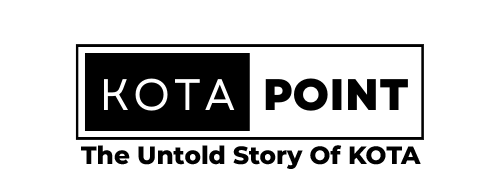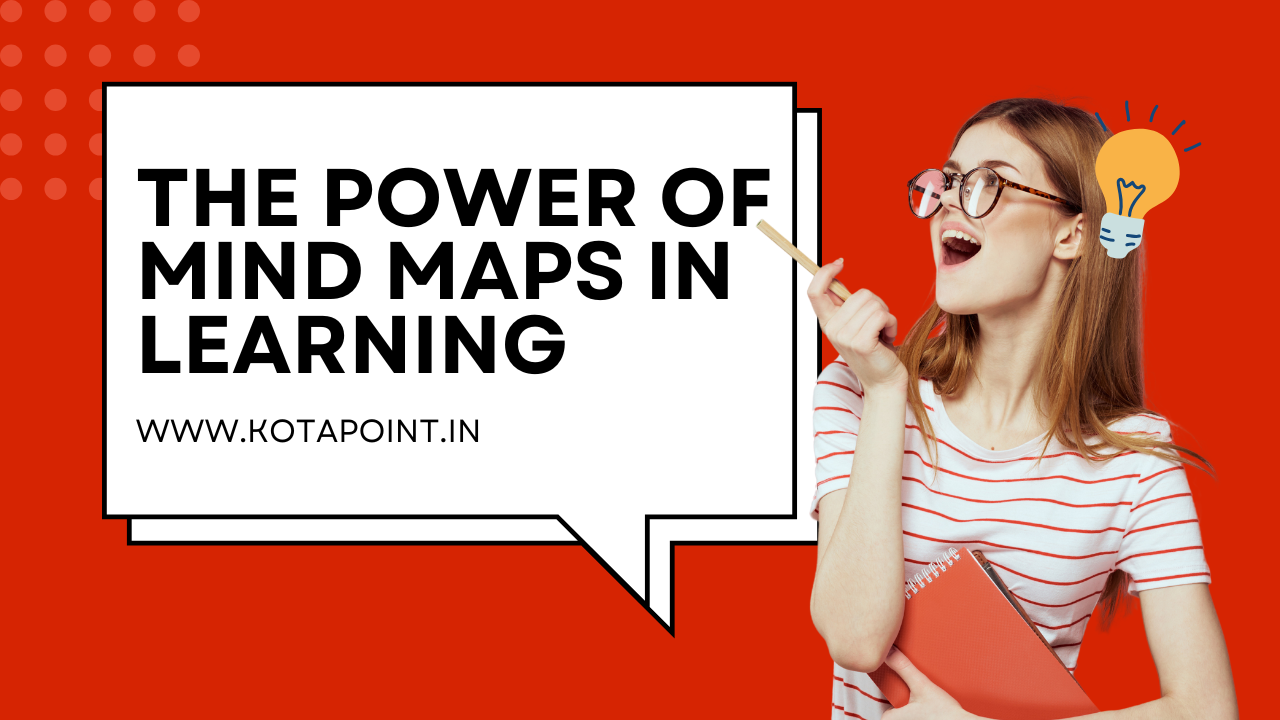Mind maps have emerged as one of the most powerful tools in learning, revolutionizing how students and professionals approach information retention and understanding. In this blog, we’ll explore the undeniable benefits of mind maps in learning, why they’re effective, and how you can harness the power of mind maps to boost your learning journey.

What is a Mind Map?
A mind map is a visual tool that helps organize information in a structured way, using colors, keywords, and images. Unlike traditional note-taking methods, mind maps focus on representing ideas in a non-linear format. The central theme of the topic is placed in the center, and related ideas branch out in all directions. The power of mind maps lies in their ability to make complex information simpler and more memorable, helping learners grasp concepts faster and retain information longer.
Why Mind Maps are Effective in Learning
The power of mind maps in learning stems from their unique format that aligns with the brain’s natural way of processing information. Unlike linear notes, which can often feel monotonous, mind maps provide a creative, colorful way to learn, which boosts engagement and retention.
- Enhances Memory Retention
Mind maps in learning are effective because they create a visual “map” of information, enabling better recall. Studies show that using colors, images, and keywords in mind maps activates multiple areas of the brain, helping to improve memory. - Encourages Creative Thinking
The power of mind maps also lies in their capacity to encourage creativity. The branching structure enables learners to explore ideas freely, generating unique perspectives that a linear format might stifle. This creative thinking is essential for problem-solving and understanding complex concepts. - Boosts Comprehension and Organization
With a clear, organized structure, mind maps help learners break down intricate information into manageable segments. By visually representing how ideas connect, mind maps in learning make complex subjects easier to understand.
How to Use Mind Maps in Learning
To fully harness the power of mind maps in learning, it’s essential to know the basics of creating effective maps. Follow these steps to get started:
- Start with a Central Theme: Begin with a clear central idea or theme. This central point serves as the “root” from which all other ideas branch out.
- Use Keywords and Phrases: To optimize the power of mind maps, use keywords rather than full sentences. Keywords help with recall and make the map easier to read at a glance.
- Incorporate Colors and Images: Adding colors and images to your mind maps makes them more engaging and memorable. Color-coding branches also helps differentiate ideas, enhancing understanding and recall.
- Organize by Branches and Sub-Branches: Branches represent main ideas, while sub-branches contain supporting details. This hierarchical format is essential for harnessing the power of mind maps to break down complex topics.
The Benefits of Mind Maps in Different Learning Scenarios
- Academic Studies
For students, mind maps are invaluable for breaking down complex topics, organizing notes, and studying for exams. The power of mind maps in learning is especially evident in subjects that require understanding interconnected ideas, such as history, science, and languages. - Professional Development
In the workplace, mind maps can be used for brainstorming sessions, project planning, and organizing tasks. The visual clarity offered by mind maps enhances productivity, making information easier to communicate and collaborate on. - Personal Growth and Development
The power of mind maps extends beyond academic and professional use. Mind maps are great for personal growth, helping individuals visualize their goals, make decisions, and map out strategies for self-improvement.
How Mind Maps Enhance Different Types of Learning
- Visual Learning: Mind maps are inherently visual, making them ideal for visual learners. The layout allows learners to see connections at a glance, reinforcing the power of mind maps in learning visually.
- Kinesthetic Learning: Creating a mind map requires physical involvement, such as drawing branches and adding colors. This hands-on aspect can help kinesthetic learners process information more effectively.
- Auditory Learning: While mind maps are mostly visual, auditory learners can also benefit by discussing each branch as they create it or reviewing the map verbally.
Tools and Techniques to Create Mind Maps in Learning
To unlock the full power of mind maps in learning, consider the following tools and techniques:
- Digital Mind Mapping Tools: Apps like MindMeister, XMind, and Coggle provide templates, collaboration features, and easy access to digital mind maps.
- Hand-drawn Mind Maps: For those who prefer traditional methods, a pen and paper are enough to create detailed, custom mind maps. Hand-drawing can be more engaging for some learners, adding a personal touch to the process.
Conclusion
The power of mind maps in learning is undeniable. Mind maps simplify complex information, boost memory retention, and foster creativity, making them an invaluable tool in both academic and professional settings. By incorporating mind maps into your learning process, you can enhance understanding, retention, and overall productivity.
FAQs
What is the main advantage of using mind maps in learning?
Mind maps in learning provide a visual structure that helps simplify complex ideas, improving memory retention and comprehension.
How do mind maps benefit students?
Mind maps help students organize notes, understand concepts, and retain information more effectively, especially in subjects with interconnected ideas.
Are digital or hand-drawn mind maps better?
Both have their advantages. Digital tools are convenient for collaboration and sharing, while hand-drawn maps can offer a more personal and engaging learning experience.
Can mind maps improve creativity?
Absolutely. Mind maps encourage open-ended thinking, which enhances creativity and allows learners to explore topics from multiple angles.
Is there a particular method to make mind maps more effective?
To maximize the power of mind maps in learning, use clear keywords, colors, and images, and keep the structure organized with branches and sub-branches.

















Leave a Reply